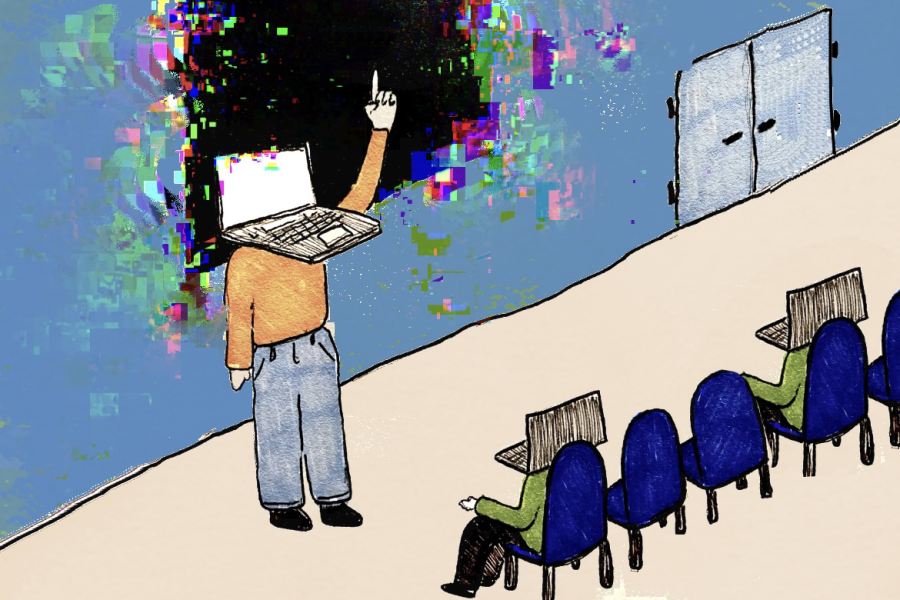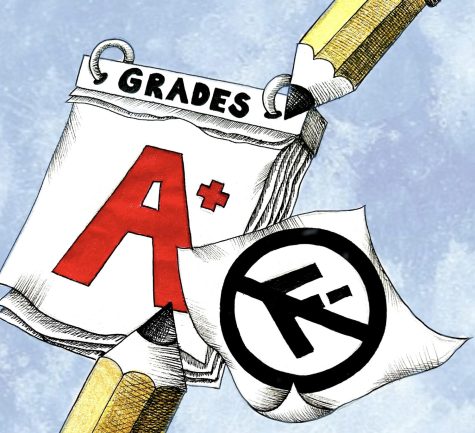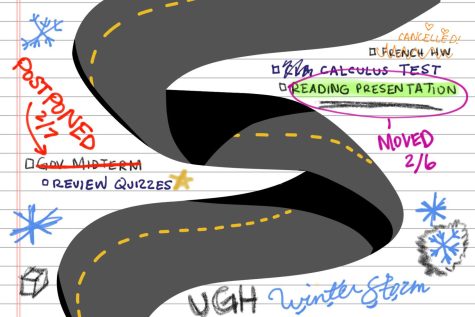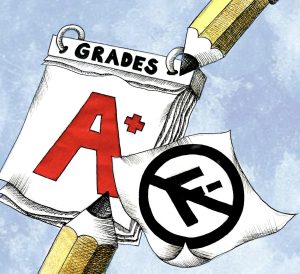Maximize potential, minimize drawbacks: bring AI into classrooms
February 28, 2023
When most people hear “artificial intelligence,” they jump to the apocalyptic setting of “The Terminator” movies, where Skynet has taken over the world and seeks to eliminate humanity. While “The Terminator” won’t be here soon, it’s still vital to understand how powerful AI can be.
AI has already made its way into the classroom and is revolutionizing it. However, professors across departments at UT still need to lean wholly into all of the AI field’s powerful tools, like language models.
AI has become a loose term. Everything from the autocorrect on your phone to ChatGPT is an AI application. Daily life offers many opportunities to implement AI, and ChatGPT has become the talk of the town since its release.
It is important to note that in many ways, tools that the public would slap the “AI” brand onto are entirely useless in academia. As this field advances and new applications emerge, it will have many practical uses. ChatGPT has just been the latest breakthrough in some of these iterations.
ChatGPT generates text that appears naturally written using patterns it has observed. Even though one can easily detect its results through simple analysis of syntax and structure, students and professors across the country are racing to handle the powerful technology of ChatGPT.
Professor Peter Stone, the associate chair of the department of computer science and the director at Texas Robotics, teaches AI in his courses.
“Artificial intelligence is not one thing. It’s a collection of lots of different technologies, and AI technologies have been useful in the classroom for many years,” Stone said. “They’re used in many ways. Platforms like (edX), online learning platforms and things like that have used many different artificial intelligence techniques for a long time.”
With tools that auto-grade assignments on a massive level, plagiarism checkers and transcripts for recorded lectures, AI has already impacted how professors teach and students learn. As these technologies become more sophisticated, educators should embrace them instead of trying to bar them.
Aaron Kulkarni, a computer science sophomore, shared his thoughts on using the tools that the AI field offers.
“You know, it’s not gonna be done correctly the first time,” said Kulkarni. “Try it out. See what sticks, and it’ll take a decent amount of time” to see what is helpful to implement.
Artificial intelligence in education can be a polarizing subject.
In instances where professors implement AI into the classroom, they’ve seen great results. AI has provided instantaneous and adaptive feedback for students, even identifying specific areas where the student is struggling.
Admission decisions, professors’ lecturing efficiency evaluations and restructuring courses have all utilized AI. Professors can create new content for a student to practice their skills. For example, professors could have a language model to produce practice problems and provide instant feedback for students.
However, implementing AI into the classroom could be very costly, especially if a university wants to create proprietary technology for exclusive and tailored use by its faculty and staff. These issues are controllable, though, and would not materialize when AI is supplementing the classroom rather than replacing it.
Artificial intelligence is revolutionizing education. From auto-grading and adaptive feedback to creating new content for students to practice their skills, professors have powerful weapons to enhance the education students pay for. Embracing AI will continuously improve education quality and mitigate its drawbacks.
Woollard is a finance sophomore from Austin, Texas.











